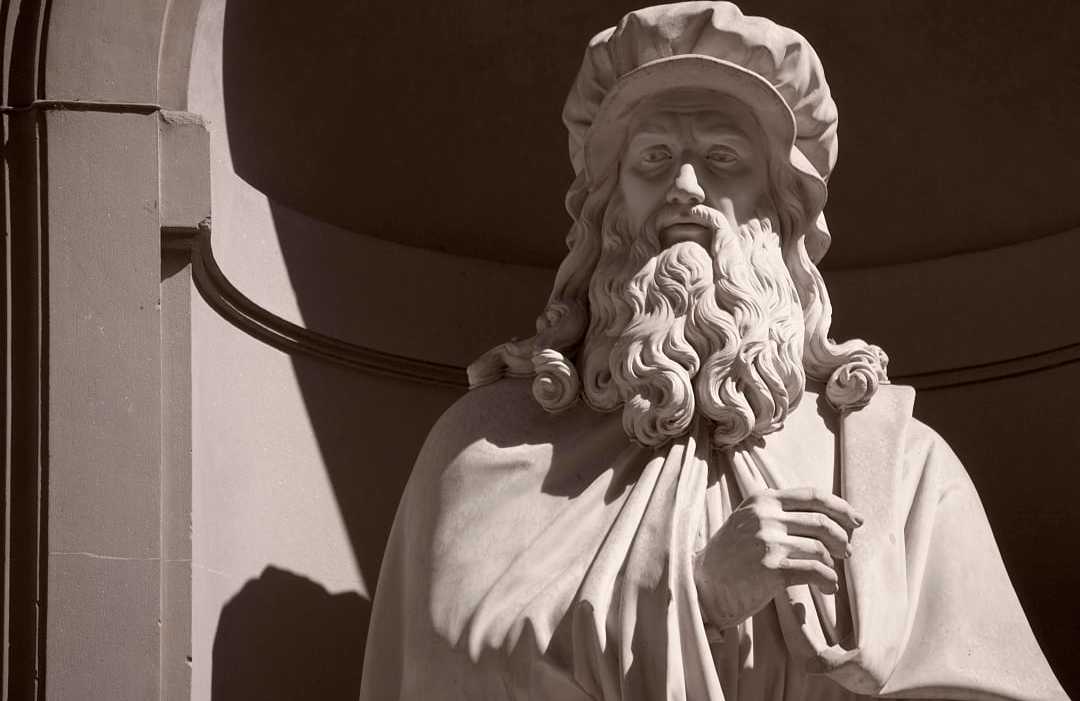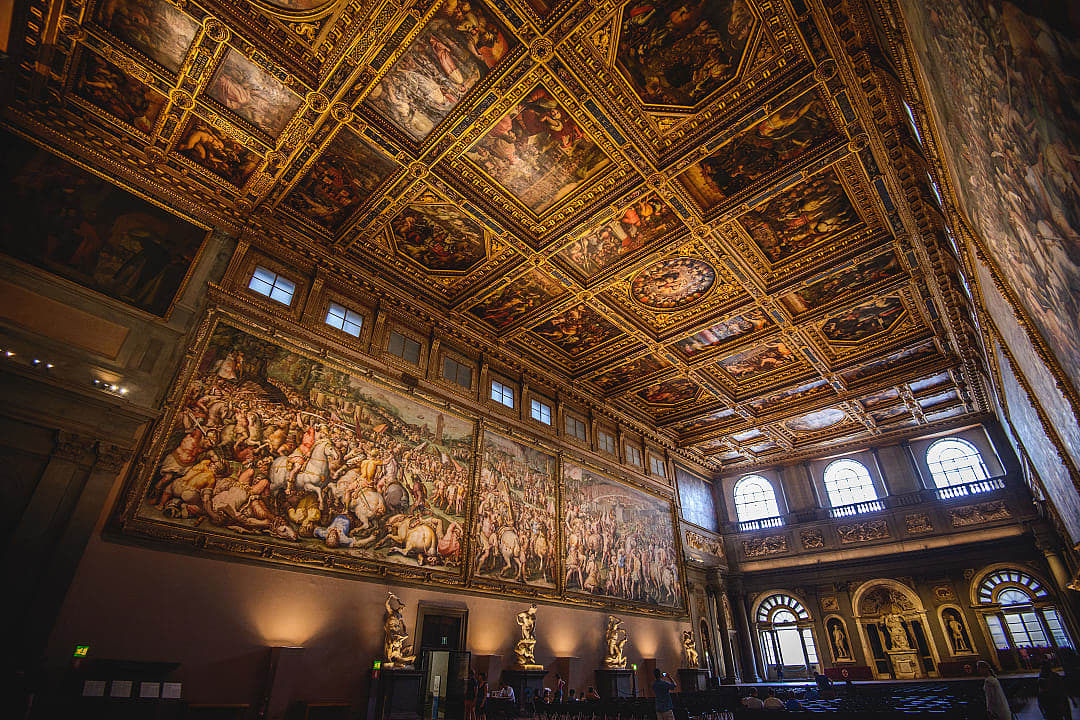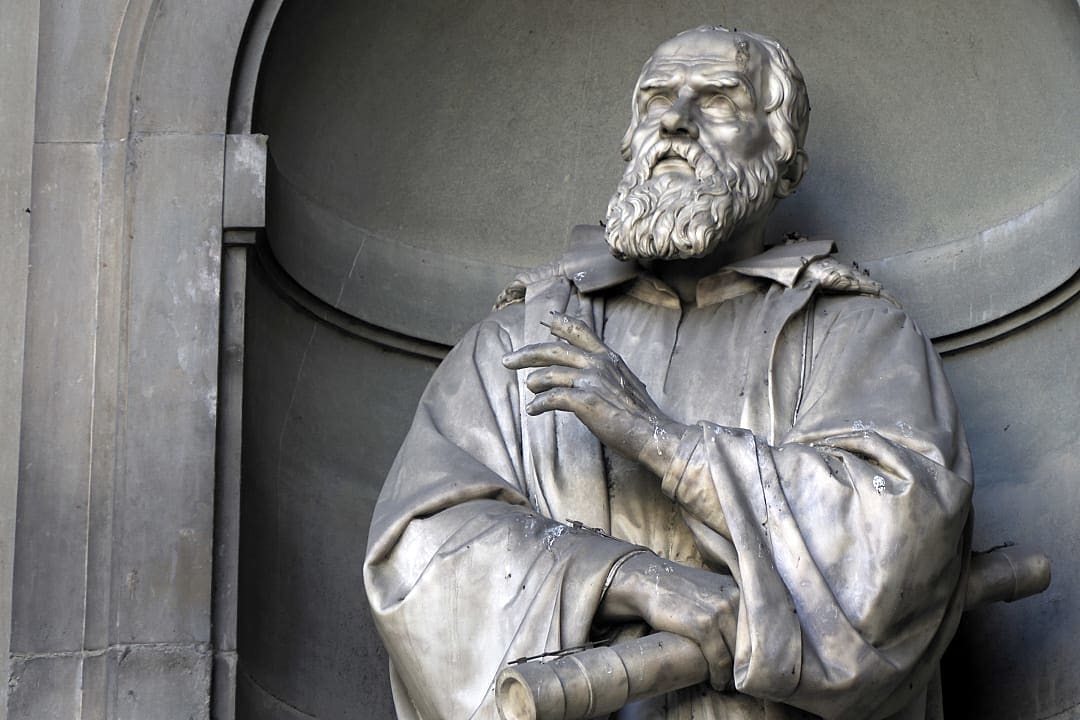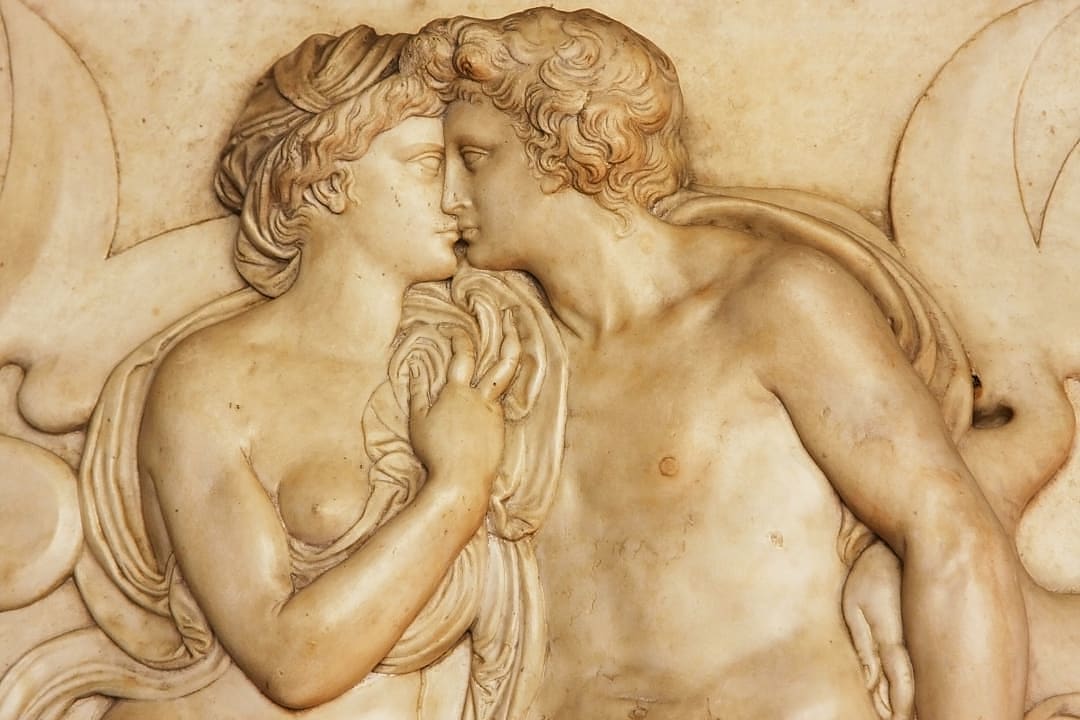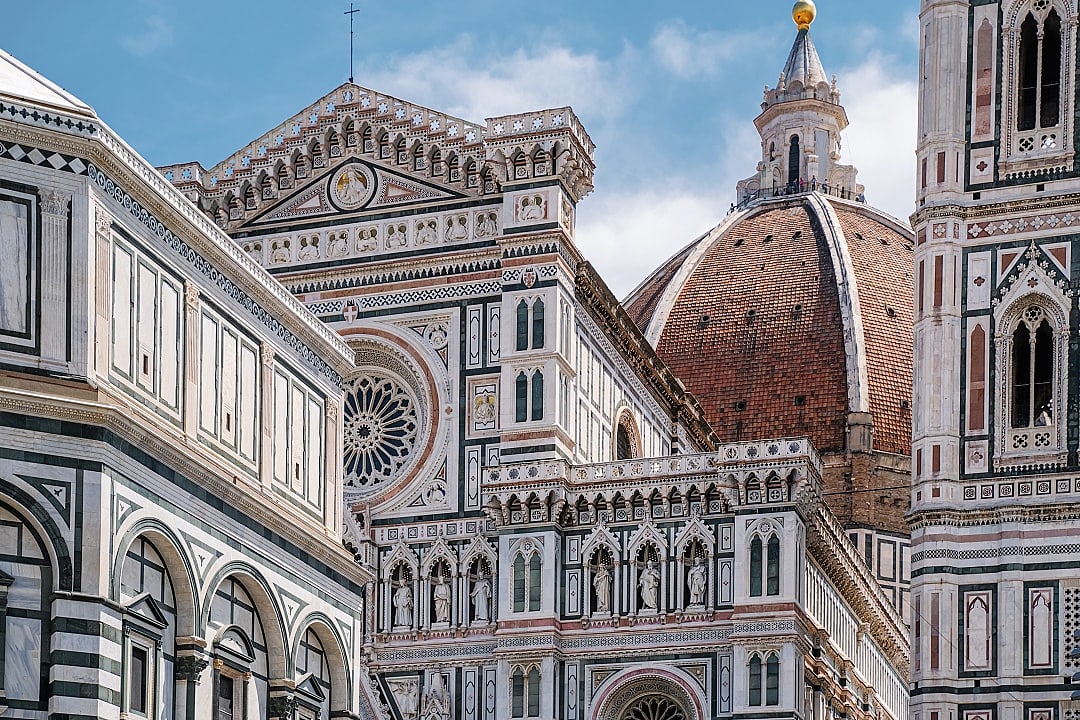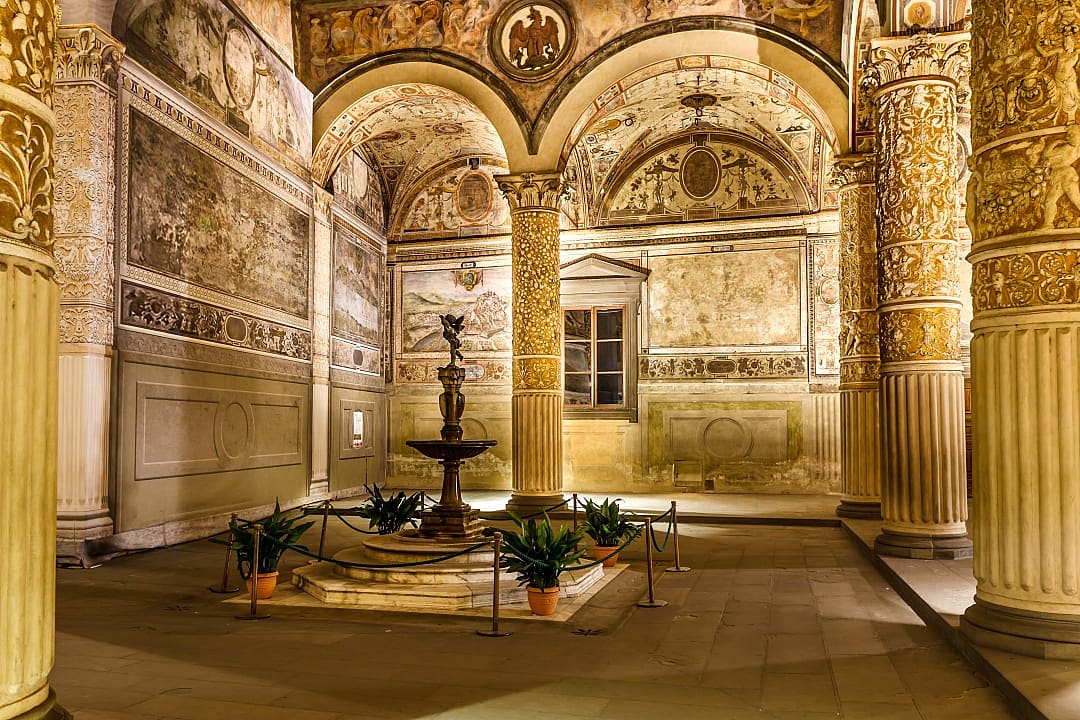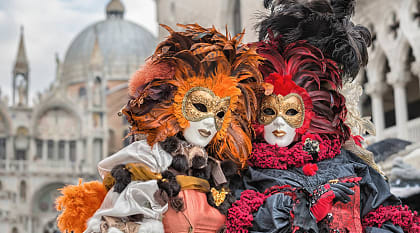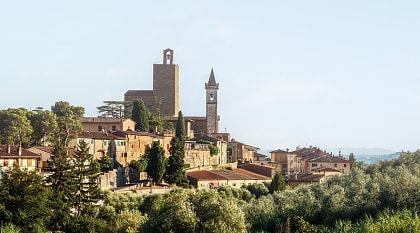The Uffizi Gallery is among the world's most renowned art museums, an absolute cornerstone for anyone embarking on a journey through the wonders of the Italian Renaissance. Housed within a stunning architectural masterpiece from the 1500s, this gallery offers a truly sensory experience, immersing you in a world of artistic brilliance. Its impressive collection spans from the 1200s to the 1600s, guiding you through the transformative periods of art history.
Upon entering, you are immediately enveloped by the presence of iconic works by giants such as Botticelli, Michelangelo, Leonardo da Vinci, and Raphael. The sheer grandeur of the gallery is evident in its expansive halls, where masterpieces like Botticelli's The Birth of Venus and Primavera adorn the walls, transporting you to a realm of mythological beauty, elegance, and symbolism that continues to captivate audiences centuries later.
What to Expect
- Artistic Evolution: Witness a comprehensive array of artistic styles, tracing the development from the early Renaissance's idealism to the dramatic grandeur of the Baroque period.
- Classical Influences: Discover significant collections of ancient Greek and Roman statues, illustrating their profound influence on the Renaissance masters.
- Engagement: The museum will engage you on multiple intellectual and emotional levels, offering a deep dive into Florence's rich artistic heritage.
- Time Commitment: Be prepared to spend several hours, if not an entire day, to fully appreciate its vast offerings.
- Advance Booking: To maximize your experience and avoid queues, booking tickets in advance with our travel specialists is highly recommended, especially during peak seasons.
Moments with Masterpieces
- The Birth of Venus by Sandro Botticelli: An icon of the Renaissance, depicting the goddess Venus emerging from the sea. Its ethereal beauty, delicate lines, and profound symbolism of ideal beauty and spiritual birth make it a timeless masterpiece.
- Medusa by Caravaggio: A dramatic and visceral painting on a round shield, capturing the terrifying moment of Medusa's decapitation. Caravaggio's masterful use of light and shadow creates an intense, lifelike, and disturbing image.
- Doni Tondo by Michelangelo: The only finished panel painting by Michelangelo, showcasing his distinctive sculptural forms and vibrant colors. This circular work depicts the Holy Family and is renowned for its dynamic composition and muscular figures. It has influenced generations of artists.
- Annunciation by Leonardo da Vinci: An early work by Da Vinci, demonstrating his burgeoning mastery of shading and perspective. The painting captures the angelic announcement to Mary, with exquisite detail in the drapery, landscape, and serene expressions.
- Venus of Urbino by Titian: A sensuous and groundbreaking reclining nude, celebrated for its rich color, masterful brushwork, and psychological depth. Titian's innovative approach to portraiture and the portrayal of the female form had a profound impact on later Western art.
To truly immerse yourself in the wonders of the Italian Renaissance, ensure the Uffizi Gallery is at the top of your Florence itinerary. Our travel specialists can arrange private tours for an unparalleled experience when you embark on our sample Italian Wonders from Venice to Florence Tour.
